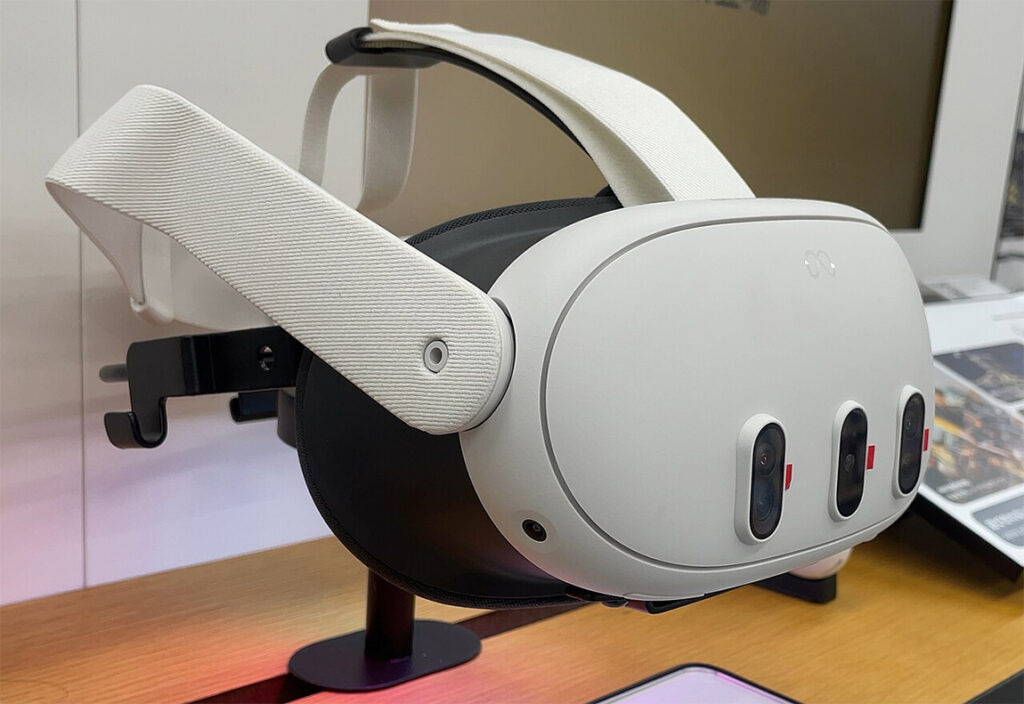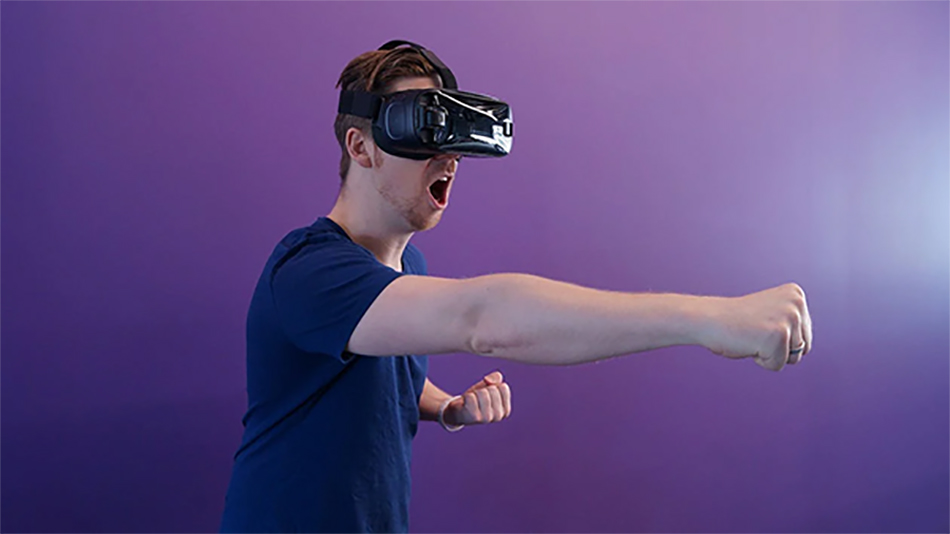The Success of Meta Quest 3 Highlights the Need for Budget-Friendly VR Options

The introduction of the Meta Quest 3 in virtual reality (VR) is a watershed moment, demonstrating how VR alternatives are becoming more affordable. This revolution is part of a larger movement in how people act and markets work, with the goal of achieving the right price-quality balance. As the VR business grows, the Quest 3’s success demonstrates why consumers choose one headset over another and how future VR technologies and market patterns may emerge.
Meta Quest 3’s Market Performance
The Meta Quest 3 has performed well in VR, building on the success of the Quest 2. It leads sales and user preference data, particularly on Steam, demonstrating that Meta’s price-to-performance ratio works. Even though it is more expensive than the Quest 2, early sales show interest. Quality and simplicity define VR industry stars, and the Quest 3’s success reflects how the market is evolving.
The Role of Affordability in VR Adoption
The affordability of virtual reality technology contributes significantly to its appeal. The Meta Quest 3’s reaction reflects a trend: a small number of enthusiasts and workers purchase high-end hardware, while the majority chose less expensive, simpler options. Lower prices are making VR more accessible and incorporating it into everyday technology.
Comparative Analysis of High-End vs. Budget VR Headsets
Premium VR headsets, such as the Apple Vision Pro, and more reasonably priced models, such as the Meta Quest 3, clearly vary from one another. These headsets have various uses and are targeted at various demographics. The finest displays, the most cutting-edge features, and the newest technology are found in high-end models. They are designed for a select few clients. Conversely, low-cost VR headsets provide a passable experience while lacking the highest specifications. For most individuals, this makes them the best option. This variation demonstrates the diversity of preferences and needs across VR users and highlights the significance of customized methods for VR makers.
Future Trends and Market Predictions in VR
New technology and shifting consumer preferences are going to bring about significant changes in the VR business. The popularity of Meta Quest 3 indicates that consumers prefer less expensive VR glasses that are nonetheless quite functional. This will probably have an impact on future product development and market strategy. VR is probably going to get much better because to new technologies like augmented reality (AR) and more interactive features. Additionally, new businesses joining the market—possibly with innovative and affordable solutions—might intensify competition and lead to a greater variety of cutting-edge VR goods at varying price ranges.
The VR market’s experience with the Meta Quest 3 makes it abundantly evident how crucial pricing is to encouraging consumers to adopt new technologies. The practical insights gained from the widespread usage of inexpensive VR glasses like the Quest 3 are invaluable as the industry develops and evolves. They not only have an impact on the development of VR technologies in the future, but they also highlight the significance of expanding access to cutting-edge technology. As the VR industry expands, this balance between cost, functionality, and quality will become even more crucial, paving the way for a more diverse and open-minded technological future.

